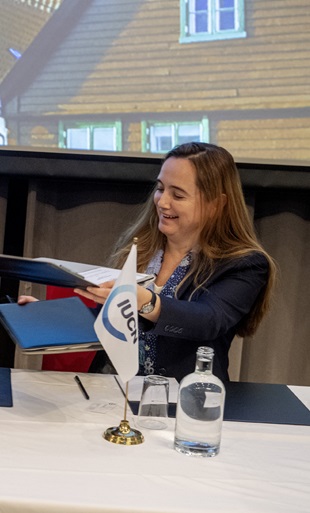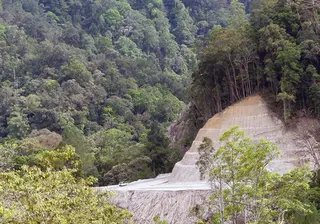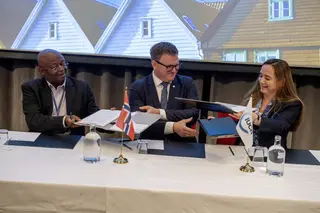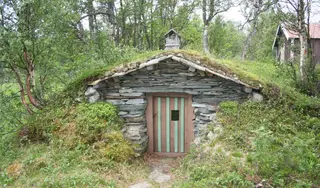Phase I (2016 – 2022)
During its first phase (2016-2022), the World Heritage Leadership focused on creating and revising essential World Heritage Resource Manuals, including the Guidance and Toolkit for Impact Assessment in a World Heritage Context (2022) and the Enhancing Our Heritage Toolkit 2.0 (2023) to provide integrated and structured guidance for World Heritage site managers, national focal points and heritage specialists working for both culture and nature. In this phase, the flagship capacity-building course “Managing World Heritage: People Nature Culture” was launched and key networks were established in collaboration with partners, including the World Heritage Site Managers’ Forum in collaboration with the UNESCO World Heritage Centre to connect World Heritage site managers across the globe; the Heritage Place Lab, a research-practice collaboration incubator; and the Nature-Culture Community on PANORAMA Solutions for a Healthy Planet.
Between 2017 to 2022, the programme hosted and co-organized more than 100 capacity building activities and engaged over 5000 participants from 136 countries. In 2023, the evaluation of the 2011 World Heritage Capacity Building Strategy highlighted the World Heritage Leadership as the primary driver for capacity-building within the framework of the implementation of the World Heritage Convention.
Phase II (2023 – 2028)
In its second phase running from 2023 until 2028, the World Heritage Leadership is working with natural and cultural heritage actors and institutions at the national, regional and international levels to mainstream and establish long-lasting networks for capacity-building in different regions and languages with a wide-range of partners. Through training of trainers' workshop, the programme is expanding the international roster of resource people to be able to deliver relevant and tailored capacity-building in different regions, contexts and languages.
Starting with the publication of the manual on Managing World Heritage (forthcoming) which outlines the fundamentals of management systems for World Heritage, the programme is currently focusing on coordinating a set of resources to support site managers, heritage specialists and States Parties in managing disaster risk, building resilience and climate action for World Heritage.









